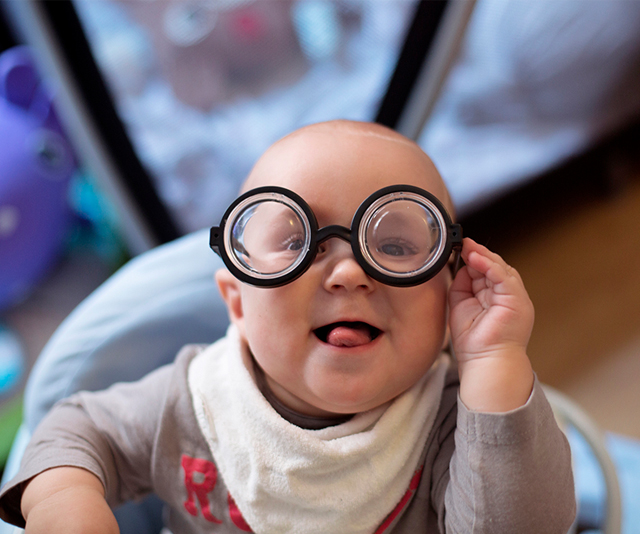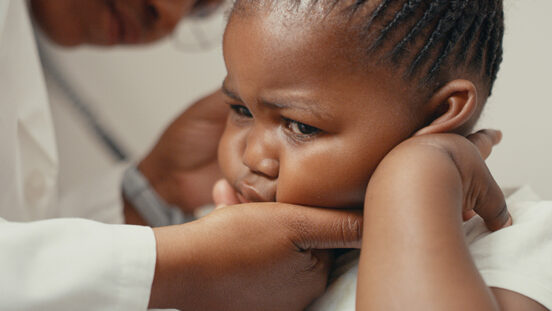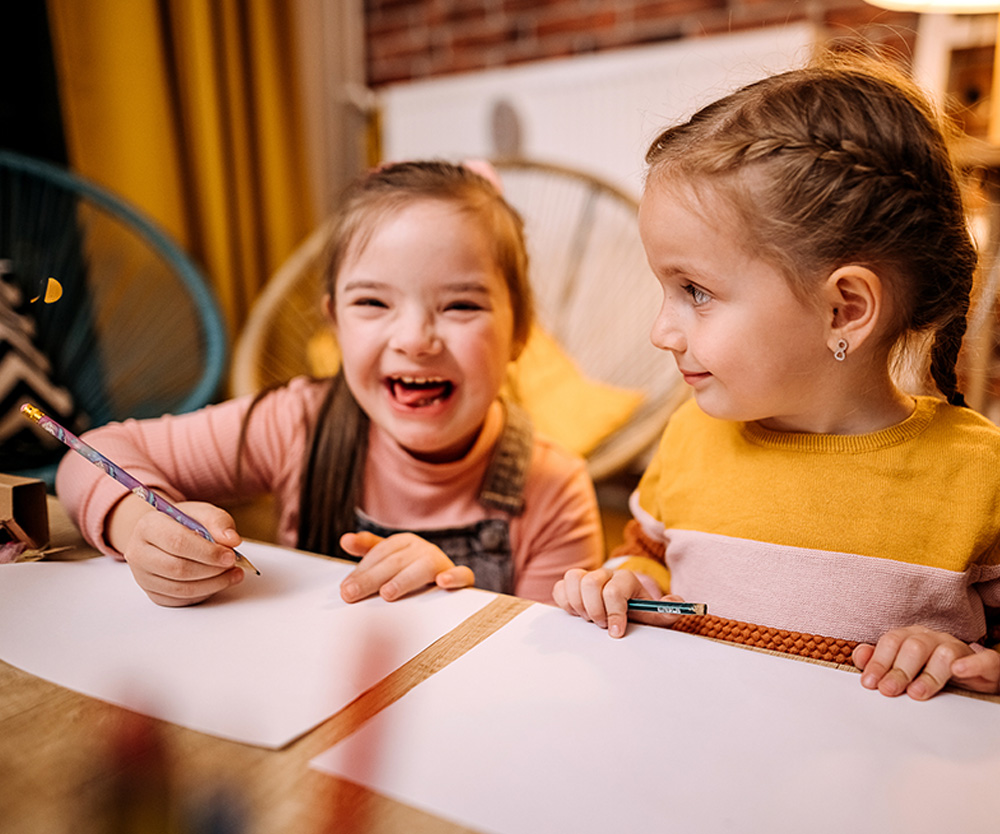What can you do if you think something is wrong with your child’s vision?

Luke Arundel, Chief Clinical Officer of Optometry Australia shares his advice.
By Luke Arundel, Chief Clinical Officer of Optometry Australia
Did you know that that children will learn more about the world from vision than through all their other senses combined? However, with one in five children living with an undetected vision problem, it’s vital that parents are active in maintaining their children’s eye health.
According to Optometry Australia’s 2020 Vision Index report, almost four in five (79 percent) Australian parents believe their child has great eyesight; however, alarmingly one third (30 percent) of Australian parents have never taken their child to an optometrist for an eye examination.
Good vision is important for a child’s educational, physical and social development. With 90 per cent of vision problems preventable or treatable if detected early, it’s important for parents to be aware of the possible signs of a vision problem in their child, to give children the best chance of reaching their full potential.

Luke Arundel is Chief Clinical Officer of Optometry Australia.
So, what can parents do?
While it can be difficult to tell how well your child sees, there are a few simple things you can do to ensure they maintain good vision for life. These include:
- Educating your children about eye health and what signs and symptoms they should look out for. This will help to ensure your child speaks up when they identify issues or changes in their vision.
- Utilising educational resources to understand the value of sight and not to take their eye health for granted. We’ve included some handy links below.
- Balancing screen time with green time. Ideally, children should be spending more than an hour (and preferably at least two hours) a day outside to help protect their eyesight.
And what signs and symptoms should parents be looking for?
It is important parents are able to recognise possible vision problems in their children’s vision. Some common signs that your child could be struggling to see clearly include:
- Difficulty reading, such as skipping and confusing words, and/or holding a book very close while reading
- Complaints of headaches and blurred or double vision
- Squinting, or having difficulty recognising things or people in the distance
As children spend a large portion of their time in school, teachers are well-positioned to detect possible symptoms of vision problems in children. If you feel there may be an issue with your child’s vision, it is worthwhile checking in with their teacher to see if they have noticed any difficulties in the classroom such as squinting to see the board.
What can you do if you think something is wrong with your child’s vision?
The best way to ensure there’s nothing wrong with your child’s vision is to visit the optometrist. If a child is born with vision problems, it can be extremely difficult to detect, as the child won’t know any different and assume that they are seeing clearly.
To help prepare your child for a visit to the optometrist, completing a fun, interactive worksheet ahead of time is a great way to ease any pre-appointment nerves. Our favourites are listed below:
- Eye Guy Model is designed to help parents start a conversation about eye health with their child. Kids can get creative whilst building their very own Eye Guy who can accompany them to their optometry appointments. Download the instructions for free here.
- Dot-to-Dot Eye Guy is another great resource to help parents start a conversation about eye health in their household. Children can join the dots to reveal the Eye Guy character and then colour him in. Download the worksheet for free here.
- Eye Chart Word Making familiarises children with the traditional eye chart by asking them to use the letters in the chart to form words. It’s a great resource to help familiarise your child with the optometry eye chart ahead of their eye examination. Download the resource for free here.
It’s recommended that all children have a full eye examination with an optometrist before starting school and regularly (every two to three years) as they progress through primary and secondary school.
To find an optometrist in your local area, visit goodvisionforlife.com.au.
Luke Arundel is Chief Clinical Officer of Optometry Australia. Luke’s role at Optometry Australia sees him provide professional services assistance to members in audits, investigations and medico-legal matters along with leading development of resources and special projects.




